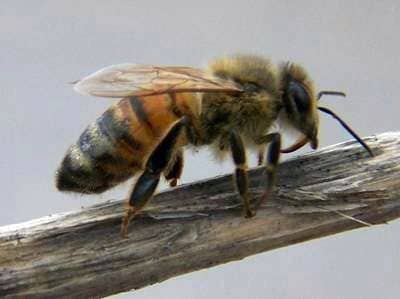
In June, the uterus of Ukrainian and Carpathian bees has the greatest fertility, laying over 2,000 eggs daily. At the end of the month, each family can number more than 55-85 thousand bees.
During this period, the instinct of swarming families is often awakened. To maintain it in working condition, the nests are expanded, substituting the honeycombs for restoration. Wax-building frames are used for loading bees by working and fighting with varroatosis (periodically removing the ternary lids along with the larvae and varroa mite). An important measure to keep the family in working condition is the strengthening of ventilation and shading of hives from the heat, providing the apiary with honey trees (nomadic movement).
The cause of swarming is the accumulation of unemployed young bees, but if the family is swarming, even the main bribe does not lead the bees to a working state.
When it is impossible to keep bees in working order, they make cuttings to strengthen the mother families before the main honey collection or the creation of new families.
To create layers with unfruitful uterus or on swarm check-ups in June is inexpedient.
Before the main honey collector should not be used chemical treatment of families from diseases.
Пасека на чердаке. Обработка пчел щавельной кислотой.
The bee family and its composition